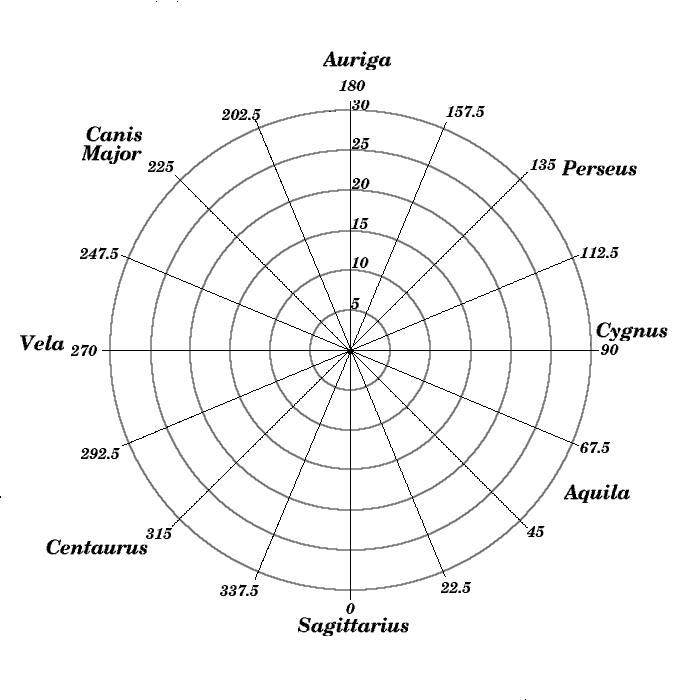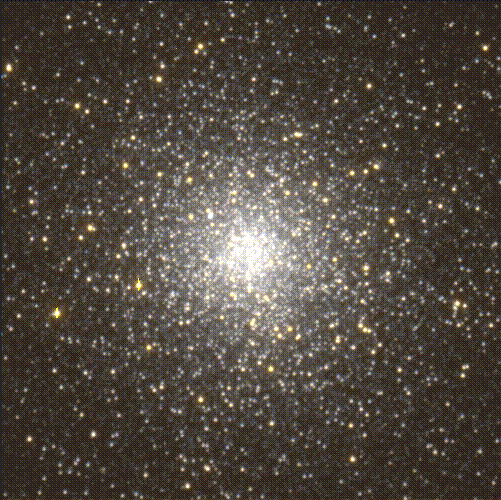
| NGC # | Gal. Long. |
Projected Distance (kpc) |
NGC # | Gal. Long. |
Projected Distance (kpc) |
NGC # | Gal. Long. |
Projected Distance (kpc) |
NGC # | Gal. Long. |
Projected Distance (kpc) |
|||
|---|---|---|---|---|---|---|---|---|---|---|---|---|---|---|
| 104 | 306 | 3.5 | 6273 | 357 | 7 | 288 | 147 | 0.3 | 6284 | 358 | 16.1 | |||
| 362 | 302 | 6.6 | 6287 | 0 | 16.6 | 1904 | 228 | 14.4 | 6293 | 357 | 9.7 | |||
| 2808 | 283 | 8.9 | 6333 | 5 | 12.6 | Pal 4 | 202 | 30.9 | 6341 | 68 | 6.5 | |||
| 4147 | 251 | 4.2 | 6356 | 7 | 18.8 | 4590 | 299 | 11.2 | 6366 | 18 | 16.7 | |||
| 5024 | 333 | 3.4 | 6397 | 339 | 2.8 | 5053 | 335 | 3.1 | 6402 | 21 | 14.1 | |||
| 5139 | 309 | 5 | 6535 | 27 | 15.3 | 5272 | 42 | 2.2 | 6656 | 9 | 3 | |||
| 5634 | 342 | 17.6 | 6712 | 27 | 5.7 | 5694 | 331 | 27.4 | 6717 | 13 | 14.4 | |||
| Pal 5 | 1 | 24.8 | 6723 | 0 | 7 | 5897 | 343 | 12.6 | 6752 | 337 | 4.8 | |||
| 5904 | 4 | 5.5 | 6760 | 36 | 8.4 | 6093 | 353 | 11.9 | 6779 | 62 | 10.4 | |||
| 6121 | 351 | 4.1 | Pal 10 | 53 | 8.3 | 6541 | 349 | 3.9 | 6809 | 9 | 5.5 | |||
| O 1276 | 22 | 25 | Pal 11 | 32 | 27.2 | 6626 | 7 | 4.8 | 6838 | 56 | 2.6 | |||
| 6638 | 8 | 15.1 | 6864 | 20 | 31.5 | 6144 | 352 | 16.3 | 6934 | 52 | 17.3 | |||
| 6171 | 3 | 15.7 | 6981 | 35 | 17.7 | 6205 | 59 | 4.8 | 7078 | 65 | 9.4 | |||
| 6218 | 15 | 6.7 | 7089 | 54 | 9.9 | 6229 | 73 | 18.9 | 7099 | 27 | 9.1 | |||
| 6235 | 359 | 18.9 | Pal 12 | 31 | 25.4 | 6254 | 15 | 5.7 | 7492 | 53 | 15.8 | |||
| 6266 | 353 | 11.6 |
